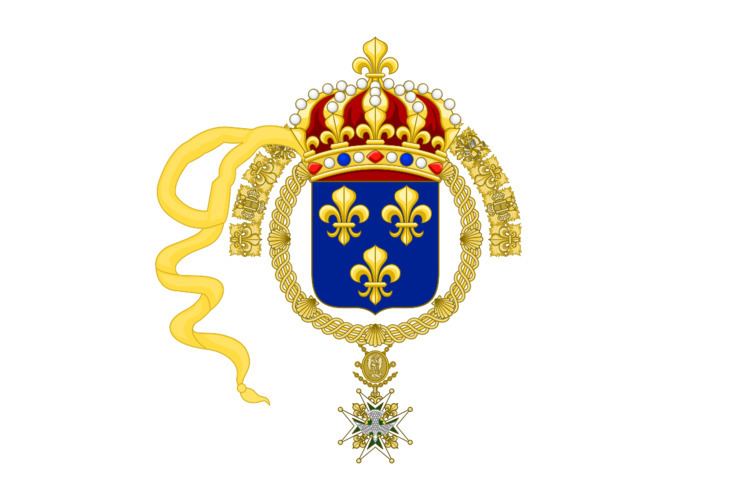Government Monarchy Capital Quebec City | Religion Roman Catholicism French territorial possession 1534 Preceded by Succeeded by Date dissolved 1763 | |
 | ||
Canada provinces and territories song
Canada was a French colony within New France that was first claimed on 24 July 1534 by French explorer Jacques Cartier who took possession of the territory in the name of King Francis I. The word "Canada" at this point referred to the territory along the Saint Lawrence River, then known as the Canada river, from Grosse Island in the east to a point between Quebec and Three Rivers, although this territory had greatly expanded by 1600. Although 1534 marks the beginning of French claims to the territory, French explorations continued "unto the Countreys of Canada, Hochelaga, and Saguenay" before any permanent settlements were established. Even though a permanent trading post and habitation was established at Tadoussac in 1600, it was under a trade monopoly and thus not constituted as an official French colonial settlement. As a result, the first official settlement was not established within Canada until the founding of Quebec by Samuel de Champlain in 1608. The other four colonies within New France were Hudson's Bay to the north, Acadia and Newfoundland to the east, and Louisiana far to the south. Canada, the most developed colony of New France, was divided into three districts, Québec, Trois-Rivières, and Montréal, each with its own government. The governor of the District of Quebec was also the governor-general of all New France.
Contents
Although the terms "Canada" and "New France" are sometimes used interchangeably, "New France actually represents a much broader portion of North American territory than the Great Lakes-St Lawrence colony of Canada". After the Treaty of Paris of 1763, when France ceded Canada to Great Britain, the colony was renamed the Province of Quebec.
Settled country
A 1740 survey of the population of the St. Lawrence River valley counted about 44,000 colonists, the majority born in Canada. Of those, 18,000 lived under the Government of Quebec, 4,000 under the Government of Trois-Rivières and 22,000 under the Government of Montreal. The population was mostly rural; Quebec had 4,600 inhabitants; Trois-Rivières had 378; and Montreal had 4,200 inhabitants. Also, Île Royale had 4,000 inhabitants (of which 1,500 were in Louisbourg), and Île Saint-Jean had 500 inhabitants. Acadia had 8,000 inhabitants.
Pays d'en Haut
Dependent on Canada were the Pays d'en Haut (upper countries), a vast territory north and west of Montreal, covering the whole of the Great Lakes and stretching as far into the North American continent as the French had explored. Before 1717, it streached as far south as the Illinois Country. North of the Great Lakes, a mission, Sainte-Marie among the Hurons, was established in 1639. Following the destruction of the Huron homeland in 1649 by the Iroquois, the French destroyed the mission themselves and left the area. In what are today Ontario and the eastern prairies, various trading posts and forts were built such as Fort Kaministiquia (1679), Fort Frontenac (1673), Fort Saint Pierre (1731), Fort Saint Charles (1732) and Fort Rouillé (1750). The mission and trading post at Sault Ste. Marie (1688) would later be split by the Canada–US border.
The French settlements in the Pays d'en Haut south of the Great Lakes were Fort Niagara (1678), Fort Crevecoeur (1680), Fort Saint Antoine (1686), Fort St. Joseph (1691), Fort Pontchartrain du Détroit (1701), Fort Michilimackinac (1715), Fort Miami (1715), Fort La Baye (1717), and Fort Beauharnois (1727).
Today, the term Les Pays-d'en-Haut refers to a regional county municipality in the Laurentides region of Quebec, north of Montreal. While the former Pays d'en Haut was part of the District of Montreal.
Legacy
In its civil law, customs and the cultural aspects of the great majority of its population, the successor to the French colony of Canada is the Province of Quebec. The term Canada may also refer to today's Canadian federation created in 1867, or the historical Province of Canada, a British colony comprising southern Ontario and southern Quebec (referred to respectively as Upper Canada and Lower Canada when they were themselves separate British colonies prior to 1841). For Francophone Quebecers, preserving their distinctiveness from English Canada has been historically important, particularly since the rise of contemporary Quebec nationalism dating from the Quiet Revolution of the 1960s. Francophone Quebecers will therefore often use the term New France (Nouvelle-France) when referring to Canada (New France), and the term Canadien, at one time used to refer to the French-speaking populations of colonial Canada, was replaced by the term Canadien-Français (French-Canadian), and more recently by Québécois. Descendants of the original French-speaking "Canadien" population of Canada (New France) now living outside of Quebec are now often referred to by reference to their current province of residence, such as Franco-Ontarian. Francophone populations in the Maritime provinces apart from northwestern New Brunswick are, however, more likely to be descended from the settlers of the French colony of Acadia, and therefore still call themselves Acadians.
